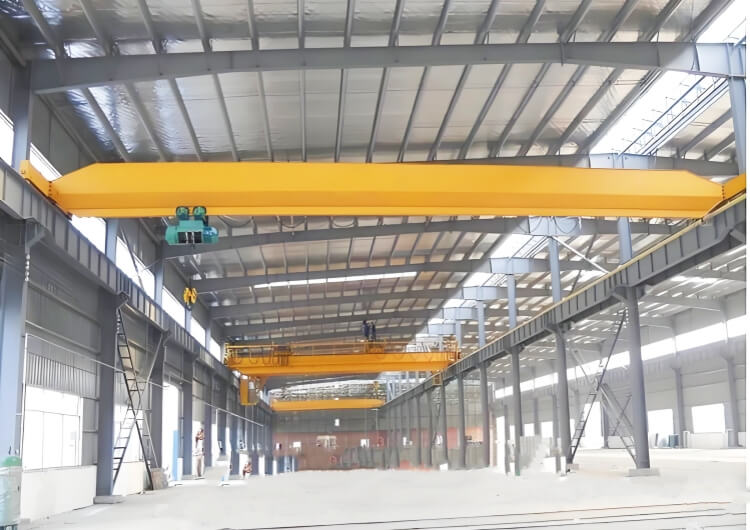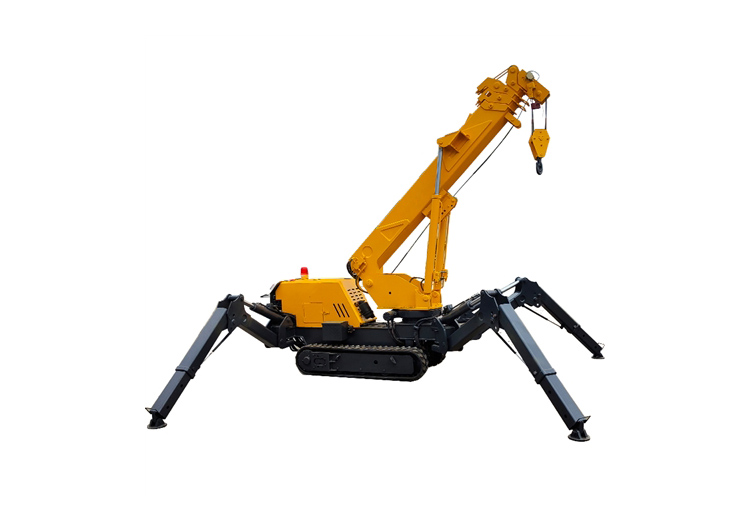Overhead Cranes in Modern Industry
In the vast landscape of modern industrial operations, the overhead crane stands as a crucial piece of equipment, playing a vital role in various sectors ranging from manufacturing and logistics to construction and ports. While it is a specialized type of crane designed for specific tasks, its importance cannot be overstated when compared to other crane variants such as gantry cranes spider cranes mobile cranes harbor equipment and jib cranes.
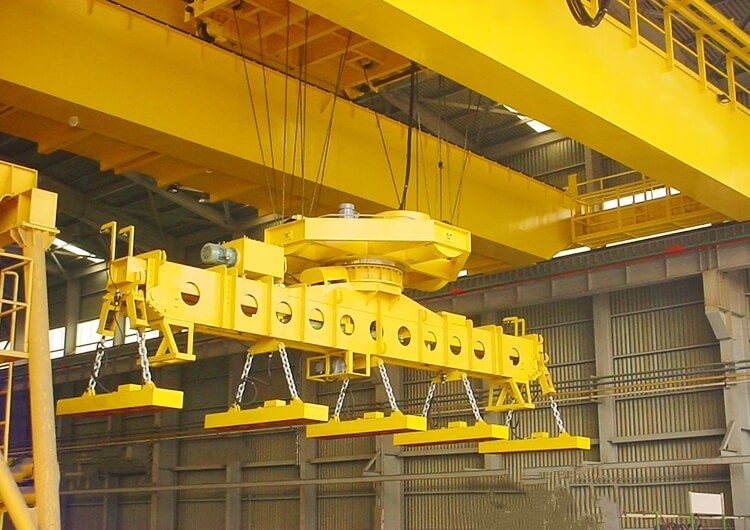
The Function and Design of Overhead Cranes
Overhead cranes, also known as bridge cranes, are engineered to lift and move heavy loads horizontally across a fixed path. They are typically installed in industrial buildings, with their bridge spanning the width of the facility. The bridge is supported by two end trucks that run on rails mounted on the building’s walls or columns. A trolley with a hoisting mechanism travels along the bridge, allowing precise positioning of the load. This design enables overhead cranes to efficiently handle repetitive lifting tasks within a confined space, making them ideal for applications such as assembly lines, steel mills, and warehouses.
One of the key advantages of overhead cranes is their ability to maximize the use of vertical space. Unlike mobile cranes that require a large footprint on the ground, overhead cranes operate above the floor, leaving the workspace unobstructed for other activities. This is particularly beneficial in crowded industrial environments where space is at a premium. Additionally, their fixed structure ensures stability and precision, which is essential for handling delicate or heavy loads.
Comparison with Other Crane Types
Gantry Cranes
Gantry cranes share similarities with overhead cranes in that they also have a horizontal beam or bridge. However, instead of being supported by the building’s structure, gantry cranes have legs that extend down to the ground, forming a portal through which loads can be moved. This design allows gantry cranes to operate in outdoor settings or in areas where building support is not available. They are commonly used in shipyards, container terminals, and large construction sites. While gantry cranes offer greater flexibility in terms of location, they generally require more space and have a higher initial setup cost compared to overhead cranes.
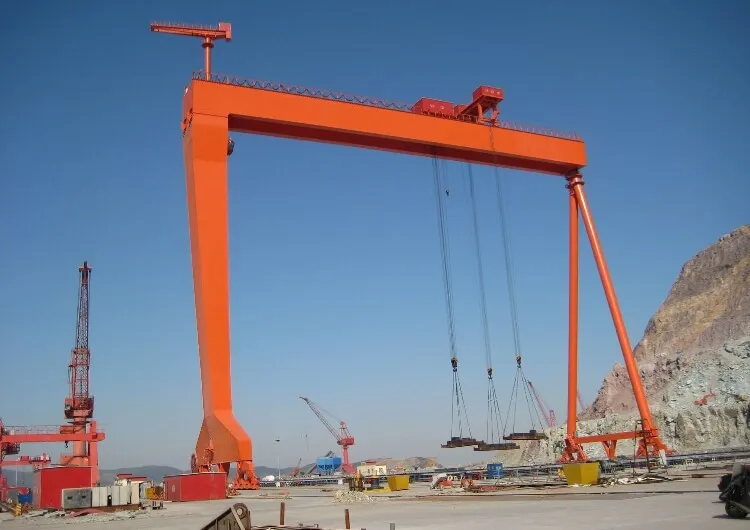
Spider Cranes
Spider cranes are a unique type of mobile crane designed for versatility and mobility. They feature a compact body with extendable legs that can be adjusted to fit into tight spaces. This makes them perfect for urban construction projects, where access to narrow streets and confined building sites is necessary. Spider cranes are also lightweight and can be easily transported to different locations. However, their lifting capacity is usually lower than that of overhead cranes, and they are not suitable for repetitive lifting tasks within a fixed area.
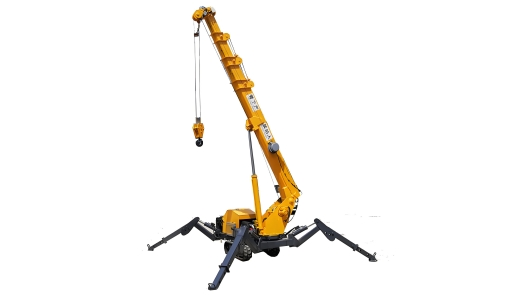
Harbor Equipment
Harbor equipment encompasses a variety of cranes and lifting devices specifically designed for port operations. These include ship-to-shore cranes, which are massive machines used to load and unload cargo from ships, and rubber-tired gantry cranes, which move containers around the port. Harbor equipment is built to withstand harsh marine environments and handle heavy, bulky loads. While these cranes are essential for port operations, they are highly specialized and not suitable for general industrial use. Overhead cranes, on the other hand, are more versatile and can be adapted to different industrial applications.
Jib Cranes
Jib cranes are another type of lifting equipment commonly found in industrial settings. They consist of a horizontal boom mounted on a vertical mast, which can be either wall-mounted or freestanding. Jib cranes are designed to cover a circular or semi-circular area, making them ideal for tasks that require radial movement. They are often used in workshops, foundries, and small manufacturing facilities. While jib cranes are relatively easy to install and operate, their coverage area is limited compared to overhead cranes. Overhead cranes can cover a much larger rectangular area, providing more flexibility in load handling.
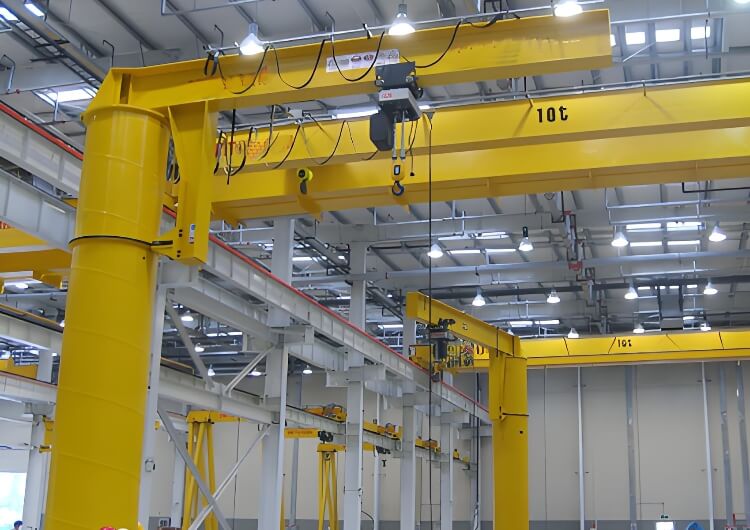
Applications and Benefits of Overhead Cranes
The applications of overhead cranes are extensive. In manufacturing plants, they are used to move raw materials, work-in-progress, and finished goods along the production line. In steel mills, overhead cranes handle heavy steel slabs and coils, ensuring smooth production flow. Warehouses benefit from overhead cranes by enabling efficient storage and retrieval of goods, reducing the need for manual labor and minimizing the risk of accidents.
The benefits of using overhead cranes go beyond their functional capabilities. They contribute to increased productivity by automating repetitive lifting tasks and reducing downtime. Their precision and stability also enhance safety in the workplace, as they can handle loads with minimal risk of accidents or damage. Additionally, overhead cranes have a long service life and require relatively low maintenance, making them a cost-effective solution for many industrial operations.
Conclusion
In conclusion, overhead cranes are indispensable in modern industry due to their efficiency, precision, and ability to maximize space utilization. While other crane types such as gantry cranes, spider cranes, mobile cranes, harbor equipment, and jib cranes have their unique advantages and applications, overhead cranes remain the best choice for tasks that require repetitive lifting within a fixed area. As industries continue to evolve and demand more efficient and reliable lifting solutions, the importance of overhead cranes will only grow. Their versatility, stability, and adaptability make them a cornerstone of industrial operations, ensuring smooth production processes and contributing to overall operational success.
All News
Recent Posts
2025/1/25
2025/2/7
2024/8/1
Contact Us Now
Have questions about our cranes or need help?
Reach out to our friendly team for expert support and guidance.
We are here to help you power your journey towards a greener future !
Tel: +8615738677559
E-mail: info@slkjcrane.com
Whatsapp: +8615738677559
Address: Crane Industry Park, Xinxiang City Henan Provice

